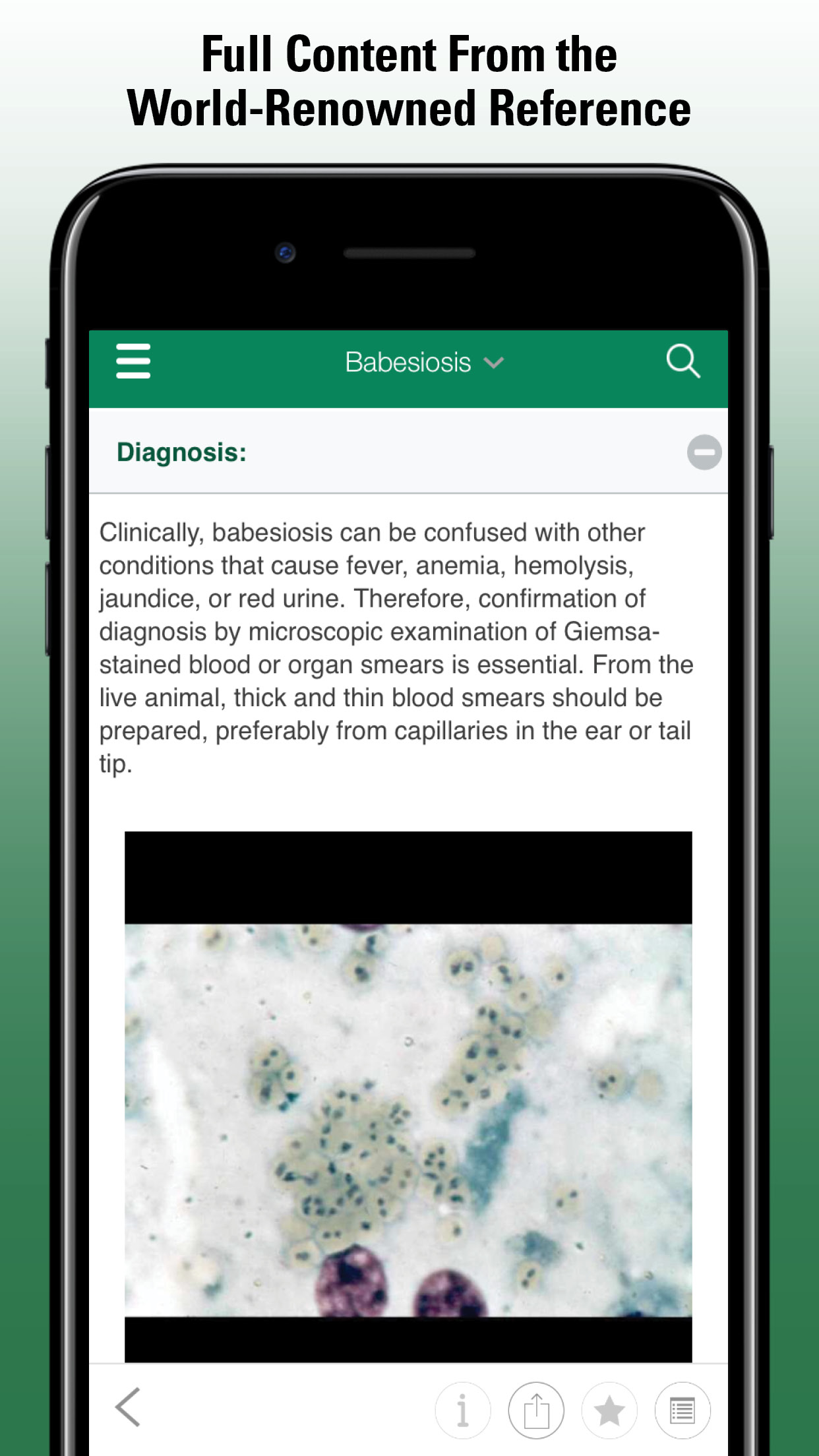Overview of Prolonged Gestation in Cattle and Sheep
- Prolonged Gestation in Cattle and Sheep
- Overview of Prolonged Gestation in Cattle and Sheep
- Prolonged Gestation Associated with Fetal Death
- Prolonged Gestation Associated with Fetal Deformity
Parturition is induced by the fetus in both cattle and sheep. It is initiated by rising cortisol levels in the fetus that provoke a cascade of endocrine activity in the dam. Fetal cortisol increases as a result of increased adrenocorticotropic hormone (ACTH) production by the maturing fetal pituitary caused by fetal stressors such as hypoxia and hypercapnia. Gestation length is unique to each fetus, but approximate gestation lengths can be ascribed to each species (see Table: Approximate Gestation Periods).
In cattle, gestation length is influenced by factors such as the breed of the cow and bull, calf gender, single vs multiple birth, the parity of the cow, and the fetal genotype. Environmental factors, including nutrition, ambient temperature, and the season of the year, have a smaller influence. The breed of cattle has the greatest influence on gestation length. In European cattle of the Bos taurus species, considerable breed variation is recognized (eg, 279 days mean gestation in Holstein-Friesian to 287 days in Charolais). In breeds of the Bos indicus species, a slightly longer gestation length is often seen (eg, Zebu cattle have a mean gestation length of 296 days). Within breeds, individual bulls may sire calves with longer gestation length than normal, leading to a higher incidence of dystocia. In sheep, the normal gestation length is 144–150 days.
In many cases, prolonged gestation is incorrectly diagnosed because of human error. The service dates of dairy cattle are normally known. Hence the date of anticipated parturition is calculated and recorded once pregnancy is confirmed. In beef cattle, in which cows often run with a bull, exact calving dates are not known, but individual pregnant cows are expected to calve within a recognized calving season. Individual animals that have not calved at the anticipated time are checked to confirm they are still pregnant and that their pregnancy appears to be normal.
In sheep, the exact lambing date is seldom known unless ewes were served in hand or by artificial insemination. In most flocks the ewes run with rams and, when served, receive a raddle crayon mark on their rumps to indicate that service has occurred. Crayon color is changed at 14- to 17-day intervals, and after later pregnancy confirmation, a lambing date within a 14- to 17-day period is calculated. Individual ewes that fail to lamb are culled or further evaluated for pregnancy.
Miscalculation of the prospective calving or lambing date, failure to record a subsequent service, faulty pregnancy diagnosis, and incorrect identification of animals may lead to a diagnosis of prolonged gestation in an animal that has a normal pregnancy. True prolonged gestation is relatively uncommon; the common denominator is a defective hypothalamic-pituitary-adrenal axis. Suspected cases should be investigated and examined with care. In some cases, the fetus is dead or severely deformed and is of little economic value. The life of the dam may be at risk if prolonged gestation is allowed to continue, and termination of the abnormal pregnancy is recommended.
Diagnosis:
When a number of cases of prolonged gestation are seen in a herd or flock, a full investigation should be conducted in an attempt to identify the cause and possibly a preventive program. A genetic abnormality may be determined by a study of pedigrees or by finding an abnormal karyotype in affected fetuses. Possible exposure to toxic plants and viral infection should be investigated. Tests for evidence of pathogenic viruses or serologic evidence of exposure to them may lead to clear evidence of virus involvement. In some cases, the cause of prolonged gestation remains unknown. Evidence of pituitary hypoplasia or compromise may be found, but the underlying cause remains elusive.
Treatment:
In a case of suspected prolonged gestation, the dam's breeding records, if available, should be checked to ensure that parturition truly is overdue. Treatment of a case in which gestation is not genuinely prolonged may result in the delivery of a premature fetus that is unlikely to survive. Once the true length of gestation is established, a full clinical examination of the dam should be conducted.
In cattle, rectal examination of the uterus and its contents is an important diagnostic aid. Fetal parts may be palpable, and in some cases it is possible to detect an abnormal cranium. An ultrasonographic scan may confirm the presence of fetal abnormalities, including a thin-walled, fluid-filled cranium. The weight of an overdue fetus may cause it to pass under the rumen while still within the uterus, so that it cannot be palpated per rectum.
In some animals, prolonged gestation is accompanied by development of excessive amounts of fetal fluid. The origin of excessive fetal fluid can be assessed by analysis of sodium and chloride levels in an aspirated sample. Amniotic fluid contains sodium at ~120 mmol/L and chloride at ~90 mmol/L. Allantoic fluid contains sodium at 50 mmol/L and chloride at 20 mmol/L. The correlation between hydrops amnion and hydrops allantois and prolonged gestation is tenuous, however. Most fetal giants suffer from oligoamnios.
In true prolonged gestation, the fetus is unlikely to be of any economic value. Treatment should be aimed at fetal delivery with minimal damage to the dam. In cases of fetal giantism, the dam may be distressed by the weight of the fetus and its associated fluids. Painful edema in front of the udder may indicate rupture or impending rupture of the prepubic tendon. A canvas sling support can be placed around the abdomen to prevent further damage until the pregnancy is terminated. General health of the dam should be assessed and economic considerations discussed with the owner before treatment is attempted. Milk production may be compromised.
Successful induction of parturition requires an intact fetal hypothalamic-pituitary-adrenal axis. Pregnancy is maintained in cases of prolonged gestation chiefly by continued production of progesterone by the corpus luteum. Spontaneous induction of birth in cases of prolonged gestation fails as a result of insufficient production of fetal cortisol and the failure of luteolysis to occur. Birth in both cows and sheep can be successfully induced by administering both prostaglandin F2α (or its synthetic analogue cloprostenol) and the corticosteroid dexamethasone by IM injection. Luteolysis is induced by the prostaglandin, and the maternal hormone cascade that precedes parturition is initiated by the corticosteroid. In cows, 500 mcg cloprostenol and 20 mg dexamethasone are given; in sheep 125 mcg cloprostenol and 16 mg dexamethasone are recommended. A single dose of these two drugs is normally effective. Parturition should begin in 24–72 hr.
Induced parturition should be monitored carefully. Assistance may be required if there is evidence of uterine inertia or damage to the abdominal wall, either of which might make expulsive efforts ineffective. Fetal malposition requiring obstetric assistance may occur once birth begins. If the fetus is very large, dystocia due to fetal-pelvic disproportion may occur, and assisted delivery by careful traction may be attempted. If this is not possible, cesarean section may be required. If the dam is seriously ill but considered well enough to withstand surgery, an elective cesarean without an attempt at vaginal delivery may be considered. Fetal dysmaturity can be a problem, especially in very valuable cloned offspring, and intensive care facilities may be needed.
After fetal delivery, uterine involution may be encouraged by administration of oxytocin. Retention of fetal membranes is managed in the usual way (see Retained Fetal Membranes in Large Animals). Fluid therapy, antibiotics, and treatment with NSAIDs such as flunixin meglumine may aid recovery and provide analgesia.
- Prolonged Gestation in Cattle and Sheep
- Overview of Prolonged Gestation in Cattle and Sheep
- Prolonged Gestation Associated with Fetal Death
- Prolonged Gestation Associated with Fetal Deformity




